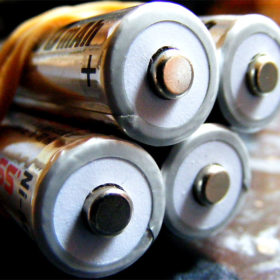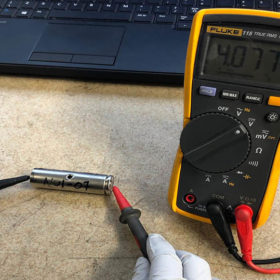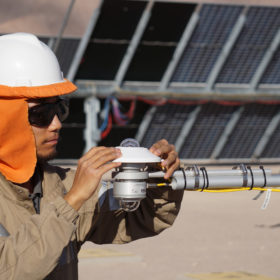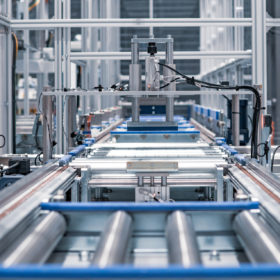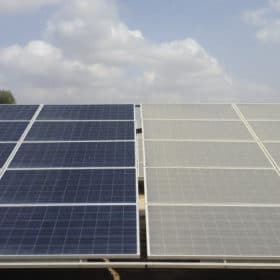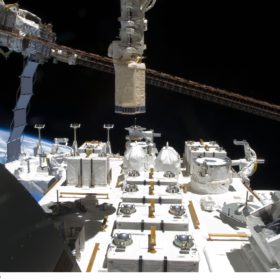Battery costs have fallen 97% since 1991, claim MIT researchers
Academics reviewed the historic price development of lithium-ion batteries and found the accepted model does not accurately reflect the full cost decline and technological improvement which has taken place. With more data points to compare, the team found batteries had improved even more than previously assumed.
‘Massless’ battery breakthrough for lightweight EVs
A new type of carbon fiber and electrolyte matrix stunned scientists when they tested its properties. Their ‘structural’ battery could be used in electric vehicles and could even address the weight problems that bedevil devices planned for electric-powered flight.
Polymer current collectors could prevent battery fires
A team of NREL researchers has proposed a new approach to fix lithium-ion batteries’ fire problem. The answer may lie in temperature-sensitive current collectors.
Location-dependent performance model for bifacial installations
Bifacial PV modules and single-axis trackers go well together, but a global research team has now noted that a comprehensive location-dependent performance analysis still has yet to be done. Their findings could help to determine the right plant setups in different locations throughout the world.
Northvolt acquires lithium-metal battery start-up Cuberg
The technology developed by a business spun out of Stanford five years ago could deliver an electrolyte with energy density of more than 1 kWh/l.
AI identifies a $14bn solar problem
How do you know when an inverter or module is under-performing? Monitoring services should shed light on problems but AI-driven digital asset manager Raycatch says much information is hidden behind a wall of “noise.” Breaking that wall with advanced data analysis could unlock billions of cost savings.
Solid-state batteries in space
Japanese scientists are about to launch solid-state batteries into space.
A ‘chemical fuse’ – voltage sensitive polymers in the fight against battery fires
A team of researchers from St. Petersburg say they can build a circuit interruptor that works directly into the current collector. The device operates via chemical reactions and would be thus more reliable than current battery monitoring system approaches.
Zero carbs diet for Coca-Cola in the Netherlands
Dutch power utility Eneco will supply solar and wind power from projects in front of the factory gates to allow the beverage factory to decarbonize its production.
Compressed air storage to be more than just hot air in Israel
Solar-linked projects will be developed by domestic firm Augwind and will feature underground storage tanks. One of the systems will be built by French energy giant EDF and will feature a 20 MWh compressed air storage system and 5 MW solar array.

